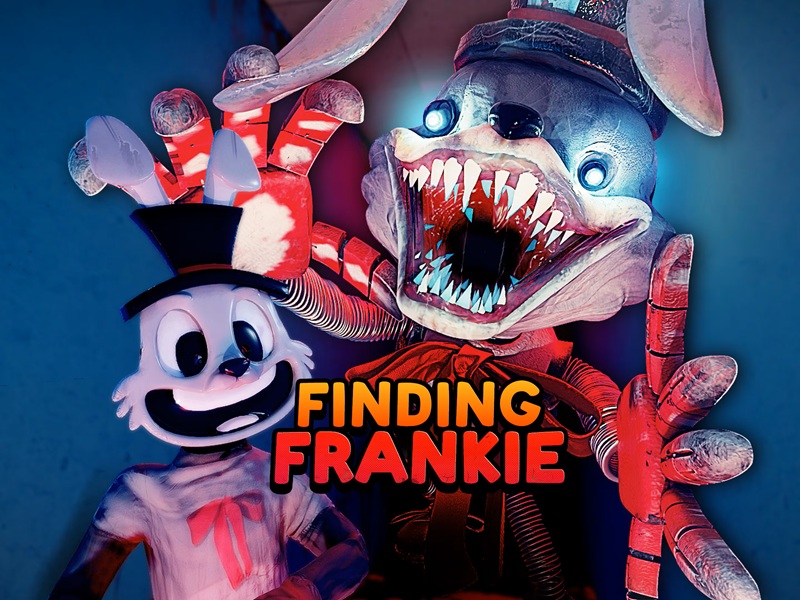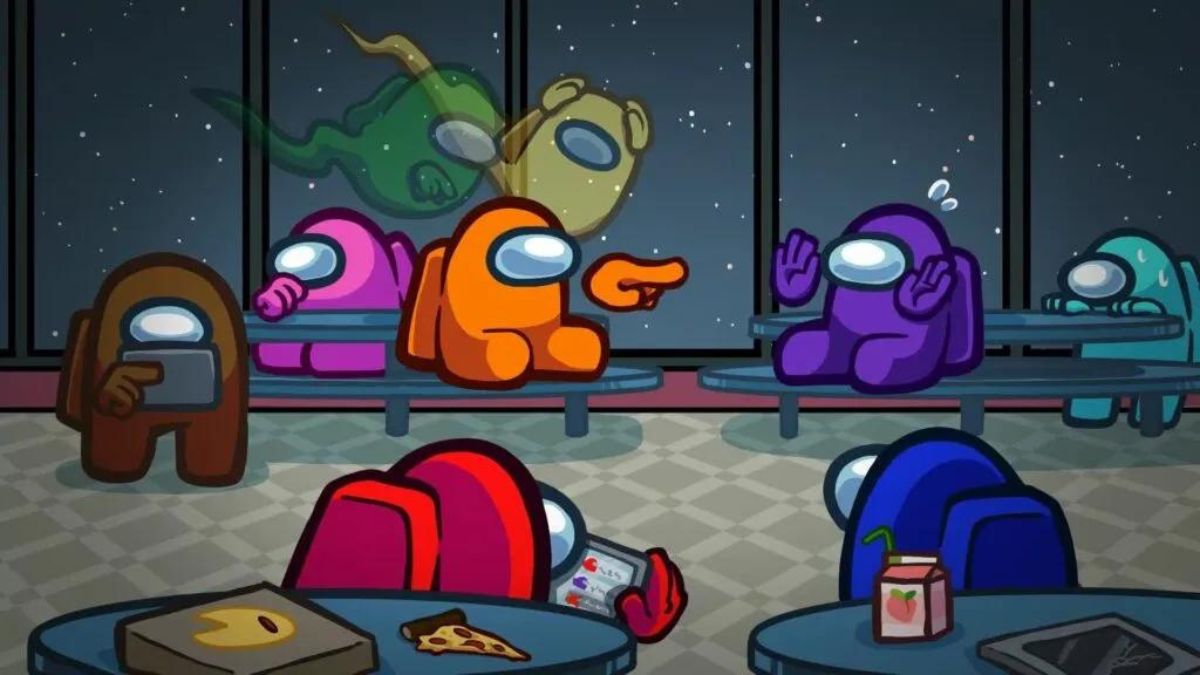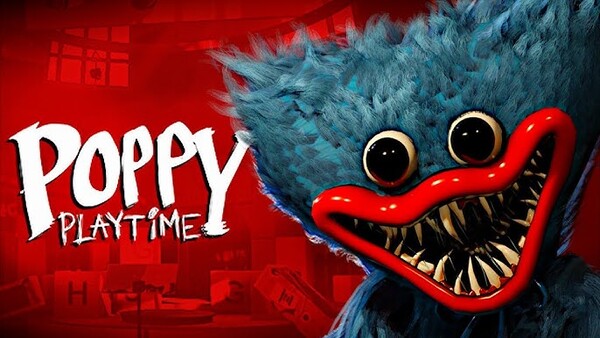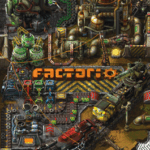Finding Frankie is a gripping, emotionally charged narrative puzzle game that blends haunting mystery with grounded storytelling. Set in a small, forgotten town full of secrets, the game invites players to unravel the disappearance of a young child named Frankie, uncovering layers of guilt, memory, and buried truths along the way.
At its heart, Finding Frankie is less about high-octane action or sprawling open worlds and more about empathy, atmosphere, and interpretation. With a stylized art direction, a unique memory-fragment mechanic, and morally complex choices, this indie title leans heavily into psychological storytelling and emotional tension.
Whether you’re decoding a torn journal page, retracing footsteps through a fog-shrouded neighborhood, or confronting your own role in Frankie’s disappearance, the game keeps you questioning not just what happened—but why. Let’s dive into everything that makes Finding Frankie a haunting experience worth remembering.
1. The Story Begins: A Disappearance That Shakes a Town
The game begins with a quiet sense of dread. Frankie, a young boy from a tight-knit yet fractured community, has gone missing. You play as his older sibling, returning home after years of absence to help investigate—and perhaps, to confront your own demons.
What starts as a search for clues quickly becomes a journey into memory and consequence. Everyone in town seems to know something, yet no one is speaking the full truth. Conversations are hesitant, expressions uneasy. The town itself feels like it’s grieving more than just a missing child.
This narrative setup gives the game a strong emotional anchor. The mystery isn't about evil—it’s about neglect, trauma, and what happens when we try to forget.
2. Exploration and Environmental Storytelling
Unlike typical puzzle games, Finding Frankie encourages slow, deliberate exploration. You’ll investigate homes, wooded trails, schools, and playgrounds—all rendered in a moody, semi-realistic art style with washed-out colors and sharp shadows.
The environment often tells the story better than the dialogue. A cracked photograph frame, a locked drawer, a child’s drawing with details out of place—every object adds to the broader puzzle. Some spaces feel frozen in time, while others pulse with recent activity.
As you move through the town, areas slowly unlock based on discoveries, allowing a nonlinear progression that gives you freedom to piece the mystery together at your pace.
3. Memory Fragments and Psychological Puzzles
A standout mechanic in the game is the use of memory fragments—surreal, partially abstract recreations of moments from the past. These are triggered by finding specific objects or visiting key locations and allow you to step briefly into a distorted version of a scene as it might have happened.
In these sequences, reality blurs. Voices echo, colors distort, and details shift. Players must solve environmental puzzles within the fragment to “stabilize” the memory, often by interpreting clues from both the present and the past.
The puzzles aren’t just roadblocks—they’re emotional tests. Often, solving one forces the player character to confront uncomfortable truths about their role in Frankie’s life.
4. Dialogue and Consequence
Conversations in Finding Frankie are branching and weighted. Your responses to townspeople, friends, and even family influence what you learn and how characters treat you. Some characters may shut down if you push too hard, while others only open up when shown compassion.
There are no clear “right” answers. The game trusts players to be guided by instinct, morality, or curiosity. This design encourages replayability, as different dialogue paths can reveal new perspectives or even alter how certain memories appear.
More importantly, dialogue choices are cumulative. Small kindnesses—or cruelties—add up over time, affecting whether people choose to help you in critical late-game moments.
5. The Town of Brairfield: A Character in Itself
The town of Brairfield, where the game is set, is more than just a backdrop. It’s a decaying microcosm of forgotten stories, unresolved conflicts, and unspoken trauma. The streets are cracked, the stores closed, and the community fractured.
Each area of Brairfield has its own micro-narrative. An old diner filled with memories of happier days. A forest trail where secrets were buried. An abandoned school with echoes of bullying and isolation.
By the end of the game, players feel like they know the town intimately—its layout, its people, and its sins. The location becomes both home and haunting.
6. Sound Design and Atmosphere
The audio in Finding Frankie is minimalist yet deeply effective. There’s no bombastic soundtrack. Instead, players hear footsteps on gravel, wind through empty trees, the distant echo of a child’s laugh—or cry.
Music appears only in key moments and is often somber, reflective, or unsettling. It enhances emotion rather than guiding it. Voice acting is sparse but well-delivered, with every pause and stutter adding to the sense of unease.
The game excels at letting silence do the work, creating a thick, emotional atmosphere that keeps players on edge even when nothing seems to be happening.
7. Art Style and Visual Identity
Visually, Finding Frankie balances realism with abstraction. Character models are deliberately stiff and expressionless, allowing players to project meaning into their faces. Environments are soft and slightly faded, like old photographs beginning to blur.
The memory fragments are visually distinct—vibrant, chaotic, and unstable. Colors clash, geometry bends, and light behaves unnaturally. These moments contrast beautifully with the muted tone of the rest of the game, giving them a surreal weight.
The aesthetic choices reinforce the themes of memory distortion and emotional decay, making the entire experience feel like moving through someone’s guilt-ridden subconscious.
8. Emotional Themes and Symbolism
What truly sets Finding Frankie apart is its emotional depth. The story isn’t just about a missing child. It’s about family, regret, responsibility, and the lasting scars of silence. Many puzzles and clues are metaphorical, forcing players to interpret events through an emotional lens rather than a logical one.
Symbols like broken toys, extinguished lanterns, and reoccurring birds aren’t explained outright—they’re left for players to assign meaning. It’s a game that values introspection as much as investigation.
The themes hit especially hard in the later chapters, where revelations about Frankie—and the player’s relationship to him—become impossible to ignore.































